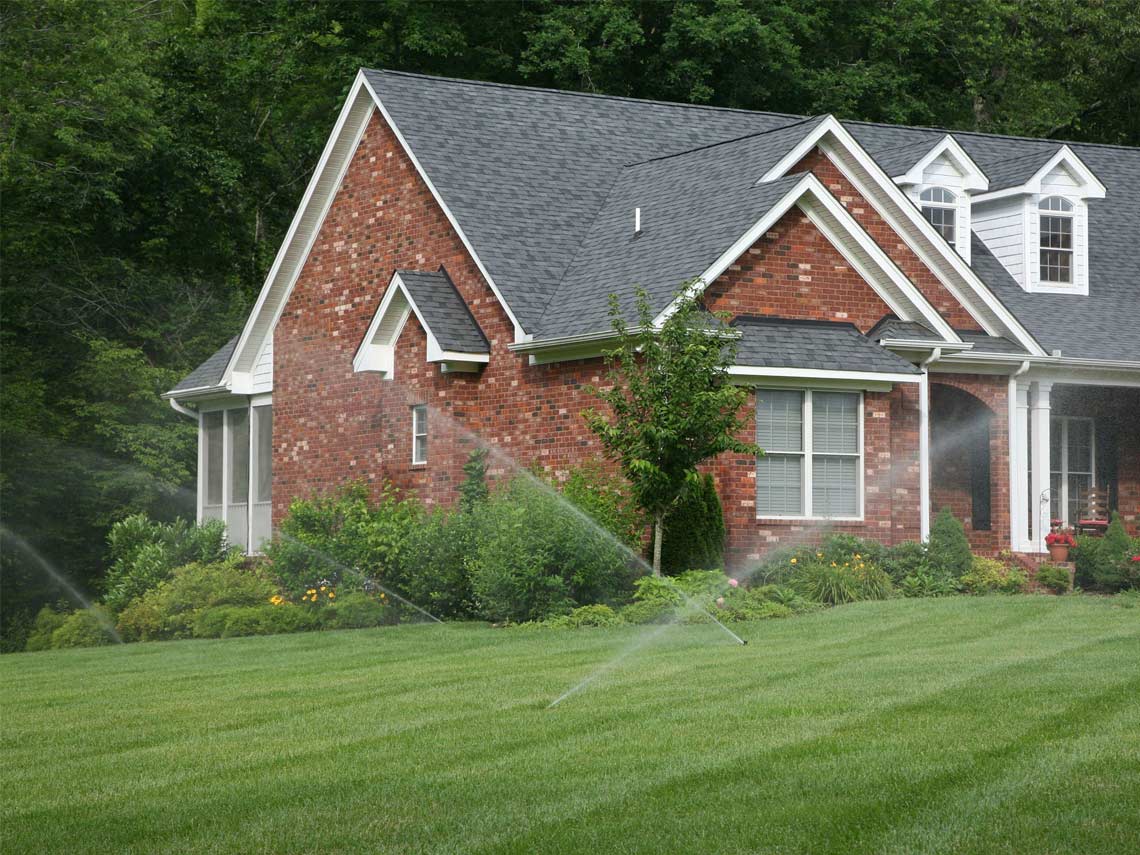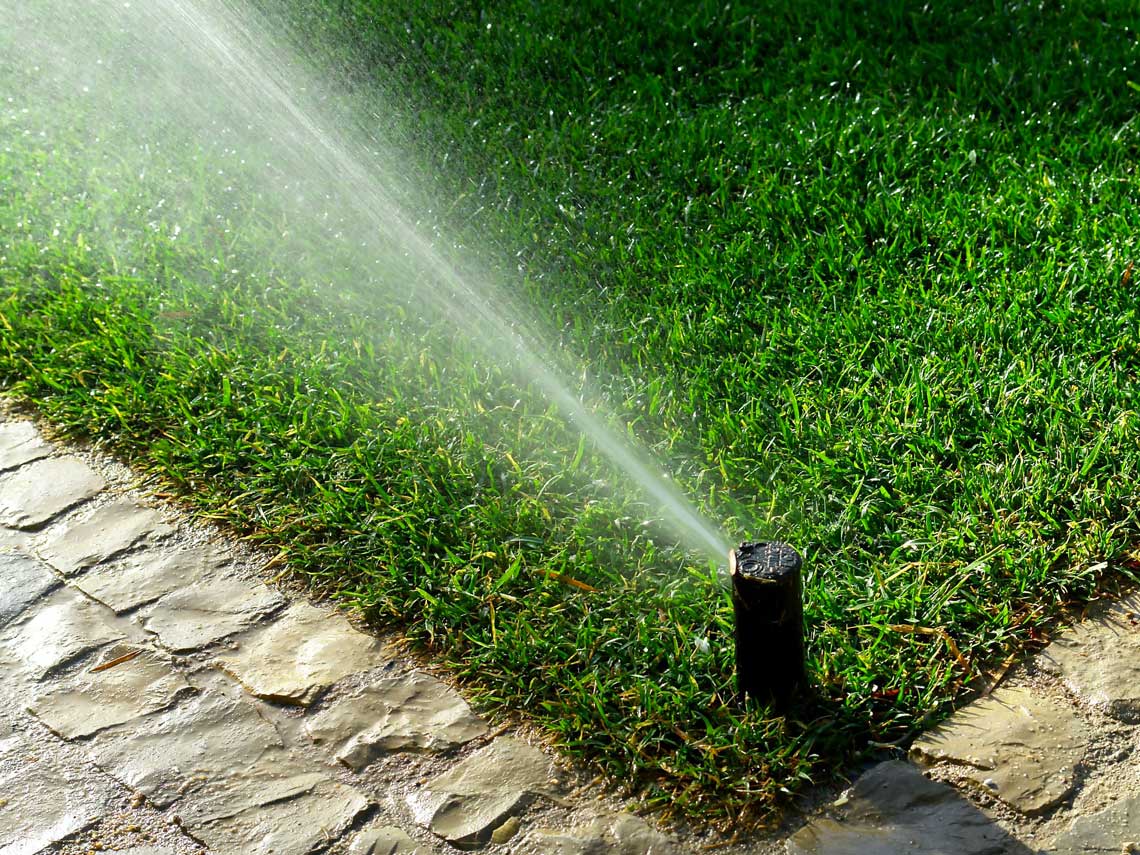IRRIGATION
We price by the head and not the zone, and work within your space to maximize heads based on your water pressure. Additionally, we cluster our valves so that when you eventually need to service them, they are easy to find. We also prefer to put the valve box in a bed so it doesn’t clutter your turf area. With a simple extra step, we also design the system to be easily expandable.
When it comes to irrigation systems, Creative Habitats gives you exactly what you need – no more, no less. While turf will almost always need additional water, mature shrubs and trees usually get sufficient water from rain. If you have younger trees, we recommend additional water to expedite their maturation.
IRRIGATION FAQs
Most likely not. There is about 10 gallons of water in the pipes that will drain to the lowest point even after the system turns off. If you want to be extra sure, go to your water meter and look at either the red triangle (1/100 gallon per turn) or the digital display. If this is not changing, there is not a leak.
We have been installing and working on irrigation systems in this area for many years, and have found frozen irrigation systems extremely rare. But, an ounce of prevention is worth a pound of cure. In the winter, turn the main line ball valve off, manually turn the valves on and cover the valves with several towels or a blanket during particularly cold weather.
It may not be broken – it may be an issue with the outlet it’s plugged into. Often the irrigation system clock (that draws less than 5 watts) is plugged into a GFI breaker or is on a circuit with a GFI breaker. These are very sensitive and can trip with a nearby lightning strike or small power surge. Reset the breaker, and plug something into the outlet to ensure it is working. If it is and your clock still does not work, there is likely an internal problem with the clock. But most of the time, there is simply no power to the irrigation controller.
Yes, we do this often. We tie a spigot to an automatic valve, to which you can attach a typical hose and sprinkler. Simply program the valve, and the sprinkler will come on automatically.
On average, an established yard needs 20 minutes of watering per turf zone, three times a week. Newer shrubs generally need about 5 minutes, three times a week (established shrubs don’t need extra watering outside of what Mother Nature provides). However, new yards need to be watered for 20 minutes, twice a day, seven times a week until the plants are established. After about two weeks, you can program the system to run under normal conditions. New yards that require a lot of water will be very mushy. This is normal and will settle in about a month.
We can install these, but our experience is that they tend to be more trouble than they are worth. Yes, your system may run when it is raining, but this seems to be the exception. However, we are happy to install the rain gauge, and we can also fix it when it malfunctions.
Absolutely. We can do an independent drip zone or add a drip zone to a turf/spray zone. Drip zones are very good for trees and shrubs, but are somewhat impractical for ground covers.
OUR LATEST PROJECTS
Sprinkler System Installation
Irrigation

